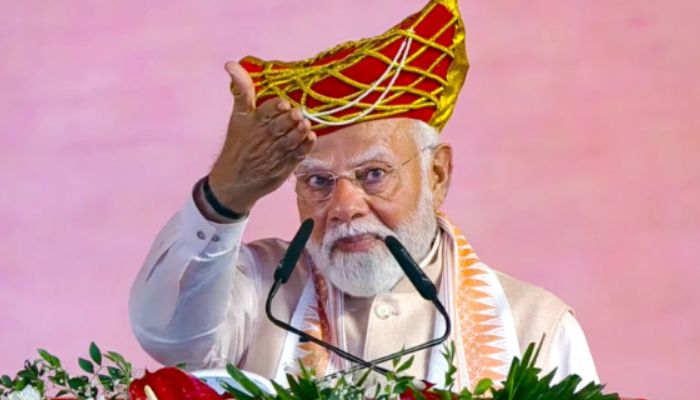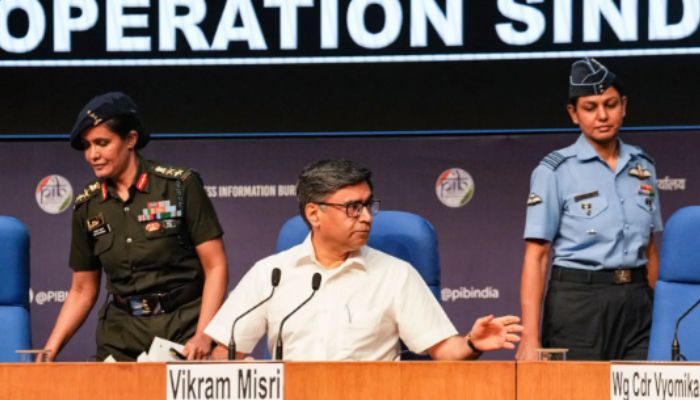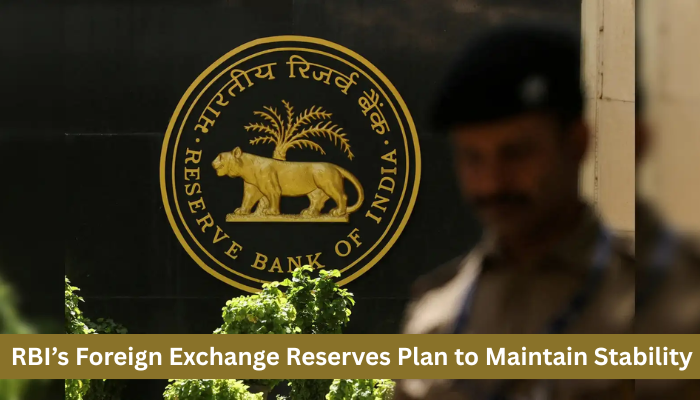Prime Minister Narendra Modi declared Operation Sindoor as the biggest and most successful anti-terror operation in India’s history. This strategic military response came just weeks after the horrifying Pahalgam terror attack, which saw 26 innocent civilians killed by militants in Jammu and Kashmir. The operation has not only reinforced India’s counter-terror stance but also sparked a powerful narrative around valor, culture, and women empowerment.
What is Operation Sindoor?
Operation Sindoor was launched in direct retaliation to the Pahalgam massacre on April 22, where terrorists targeted civilians, including newlyweds, after confirming their religious identity. The attack was widely condemned across India and seen as a brutal attempt to instill fear and divide communities.

Two weeks later, Indian armed forces executed precision missile strikes on nine terror hubs across Pakistan and Pakistan-Occupied Kashmir (PoK). Key targets included the Jaish-e-Mohammad stronghold in Bahawalpur and Lashkar-e-Taiba’s base in Muridke—both known for orchestrating cross-border terrorism.
PM Modi asserted that this high-stakes operation caught Pakistan and its army off-guard, demonstrating India’s growing military prowess and unwavering commitment to national security.
Why the Name ‘Sindoor’?
Traditionally, sindoor (vermilion) is a sacred symbol in Indian culture, particularly representing the marital status and strength of Hindu women. It also holds significance in spiritual practices like Shakti Puja, and is associated with deities like Hanuman who is often shown wearing sindoor as a mark of devotion.
By naming the operation Sindoor, the Indian government sent a dual message:
- A strong cultural and emotional retaliation to the terrorists who attacked newly married couples and sought to challenge India’s heritage.
- A tribute to the resilience and power of Indian women, turning a symbol of tradition into a mark of valor.
Women Power at the Heart of the Narrative
In his speech at the Lokmata Devi Ahilyabai Mahila Sashaktikaran Maha Sammelan, PM Modi emphasized that the attack was not only against Indians but also a direct assault on women power—the backbone of Indian society. He vowed that such provocations would not go unanswered and that India’s response would be swift and decisive.
The Prime Minister drew attention to how 75 women have been elected to the Indian Parliament—a milestone aided by the recently passed Nari Shakti Vandan Adhiniyam (Women’s Reservation Bill). This landmark law reserves one-third of all seats in the Lok Sabha and state legislatures for women, marking a massive step toward political empowerment.

Military Excellence and Political Will
The successful execution of Operation Sindoor underlines a new era of proactive defense strategy. India showcased its ability to:
- Strike terror networks at their roots beyond borders.
- Operate with pinpoint precision while minimizing civilian casualties.
- Coordinate seamlessly between intelligence and military branches.
More importantly, the operation was backed by unshakable political will, reflecting a government that doesn’t shy away from using decisive force when provoked.
Cultural Resistance to Terrorism
The symbolism of Operation Sindoor goes far beyond the battlefield. PM Modi highlighted that terrorism today aims to target not just lives but also India’s cultural identity. By invoking sindoor—a sacred, feminine, and spiritual emblem—the operation reclaims that cultural space and transforms grief into strength.
This cultural defiance becomes especially poignant in a time when terrorists try to exploit communal lines to create unrest. Operation Sindoor stands as a counter-message: India’s unity, traditions, and people are its greatest strengths.
Conclusion
Operation Sindoor is more than a military strike; it is a symbolic and strategic milestone in India’s fight against terrorism. It reflects a nation that combines military strength, cultural identity, and women empowerment to send a clear message: any attack on India’s people or traditions will be met with resolute force.
Frequently Asked Questions
1. What is Operation Sindoor?
Operation Sindoor is a major anti-terror military operation launched by India in May 2025 in retaliation to the Pahalgam terror attack. It targeted nine terror hubs in Pakistan and PoK, including Jaish-e-Mohammad and Lashkar-e-Taiba bases.
2. Why is it called Operation Sindoor?
The operation was named after sindoor, a symbol of married Hindu women and feminine strength in Indian culture. It also symbolizes bravery and resistance following the brutal attack on newlyweds in Pahalgam.
3. What happened in the Pahalgam terror attack?
On April 22, 2025, terrorists massacred 26 civilians in Pahalgam, Jammu & Kashmir. Victims were targeted based on religious identity, including married couples. The attack was seen as an attempt to divide communities and attack Indian culture.
4. What were the outcomes of Operation Sindoor?
Operation Sindoor successfully destroyed multiple terrorist training and operational bases. It demonstrated India’s readiness and ability to respond strongly to cross-border terrorism.
5. How does Operation Sindoor connect to women empowerment?
PM Modi emphasized that the operation is a tribute to India’s women power. It coincided with increased female representation in Parliament and the passing of the Women’s Reservation Bill, linking national defense to the broader theme of empowering Indian women.









